
网络语用学(英文)(Internet Pragmatics)(国际刊号)
- 主管单位:
- 主办单位:
福建师范大学外国语学院
- 国际刊号:
2542-3851;E-ISSN 2542-386X
- 国内刊号:
- 学科分类:
- 字数:
-
- 有无基金:
- 周期:
国际号刊-半年刊
- 特殊属性:
外文期刊
- 电话:
- 邮箱:
internetpragmatics@foxmail.com(官网邮箱)
- 复合因子:
0
- 综合因子:
0
- 收录:
- 级别:
- 杂志社官网:
- 投稿网址:
期刊简介
《网络语用学》期刊已被查看: 次
更新频次
单位占比
一作占比
投稿指南
1、该刊只有国际刊号。
2、投稿方式:邮箱投稿。
3、官网网址:https://benjamins.com/catalog/ip
4、主办单位网址:
http://www.fjnu.edu.cn/ce/39/c13a183865/page.htm
(福建师范大学)
5、官网邮箱:internetpragmatics@foxmail.com
6、出刊日期:半年刊,一年出版2期。
2024年4月23日星期二
《网络语用学(英文)》(Internet Pragmatics)
投稿指南【官网信息】
General
Articles should be in English. English spelling and style should be consistently either British or American throughout. If you are not a highly proficient user of English, you should have the paper checked by an English language professional.
Contributions, maximally 10,000 words in length (including references, an abstract of 100-150 words, 5-8 keywords and a 70-word bio), should be submitted as email attachments in Word to: internetpragmatics@foxmail.com.
Lay-out
References
It is essential that the references are formatted to the specifications given in these guidelines, as these cannot be formatted automatically. This journal uses the ‘Author-Date’ style as described in the latest edition of The Chicago Manual of Style.
References in the text: These should be as precise as possible, giving page references where necessary; for example (Görlach 2003: 152-154) or: as in Brown et al. (1991: 252). All references in the text should be matched by items in the references section.
References section: References should be listed first alphabetically and then chronologically. The section should include all (and only!) references that are actually mentioned in the text.
A note on capitalization in titles. For titles in English, CMS uses headline-style capitalization. In titles and subtitles, capitalize the first and last words, and all other major words (nouns, pronouns, verbs, adjectives, adverbs, some conjunctions). Do not capitalize: articles; prepositions (unless used adverbially or adjectivally, or as part of a Latin expression used adverbially or adjectivally); the conjunctions and, but, for, or, nor; to as part of an infinitive; as in any grammatical function; parts of proper names that would be lower case in normal text; the second part of a species name. For more details and examples, consult the Chicago Manual of Style. For any other languages, and English translations of titles given in square brackets, CMS uses sentence-style capitalization: capitalization as in normal prose, i.e., the first word in the title, the subtitle, and any proper names or other words normally given initial capitals in the language in question.
Examples
Yus, Francisco. 2011. Cyberpragmatics: Internet-Mediated Communication in Context. Amsterdam: John Benjamins.
Book (edited volume):
Dynel, Marta, and Jan Chovanec (eds). 2015. Participation in Public and Social Media Interactions. Amsterdam: John Benjamins.
Article (in book):
Arundale, Robert B. and David Good. 2002. “Boundaries and sequences in studying conversation.” In Rethinking Sequentiality: Linguistics Meets Conversational Interaction, ed. by Anita Fetzer, and Christiane Meierkord, 121-150. Amsterdam: John Benjamins.
Article (in journal):
Claes, Jeroen, and Luis A. Ortiz López. 2011. “Restricciones pragmáticas y sociales en la expresión de futuridad en el español de Puerto Rico [Pragmatic and social restrictions in the expression of the future in Puerto Rican Spanish].” Spanish in Context 8: 50–72.
Haugh, Michael, Wei-Lin Melody Chang, and Dániel Z. Kádár. 2015. “’Doing deference’: Identities and relational practices in Chinese online discussion boards.” Pragmatics 25(1): 73-98.
Please use ample margins and 1.5 line spacing.
Do not use running heads and avoid full justification and ‘stiff’ hyphenation. Examples, quotations, tables, headings etc. should be presented in a clear and consistent way, so that they can be identified and formatted in the style of our journal. References should be given in accordance with our style sheet (‘Instructions to Authors’); font enhancements (such as italics, bold face, caps, small caps, etc.) may be applied directly in the text itself.
Whatever formatting or style conventions are employed, please be consistent.
Tables and figures
All tables, figures, and trees must fit within the page size as specified below:
4.5” x 7.5” (≈ 11,5 cm x 19 cm)
Please be aware that prior to typesetting, the pages will have to be reduced in size; any lettering etc. should be big enough to be legible also after reduction. Suggested font setting for main text: Times (New) Roman 12 pts. For tables and footnotes: Times Roman 10 pts (absolute lowest size: 8 pts).
Tables and figures should be numbered consecutively and provided with appropriate captions. They should be referred to in the main text as “Table 2”, “Figure 3”, etc. (avoid expressions such as “in the following table: ...” or “See the figure below.”).
……
更多详情:
https://benjamins.com/catalog/ip
《网络语用学》同类语言文字期刊
-
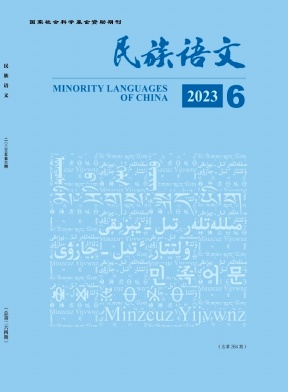
民族语文(不收版面费审稿费)
C刊,北核,AMI核心,武B+
CN中文-双月刊影响因子0.636
-
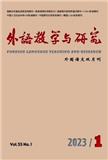
外语教学与研究(不收版面费)
AMI权威,C刊,北核,科核,武A+,国社科-合格
CN中文-双月刊影响因子2.145
-
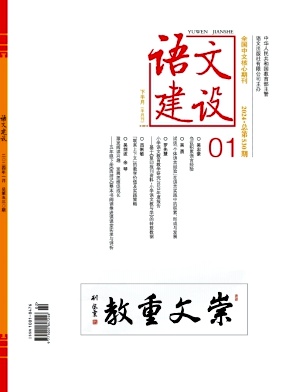
语文建设(不收版面费审稿费)
北核,AMI扩
CN中文-半月刊影响因子1.274
-
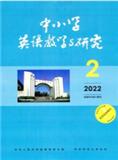
中小学英语教学与研究(不收版面费审稿费)
北核
CN中文-月刊影响因子0
-
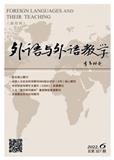
外语与外语教学(不收版面费审稿费)
C刊,北核,科核,AMI核心,武A
CN中文-双月刊影响因子2.483
-
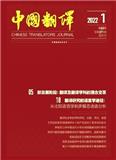
中国翻译(不收版面费审稿费)
C刊,北核,科核,AMI核心,武A
CN中文-双月刊影响因子3.156
-
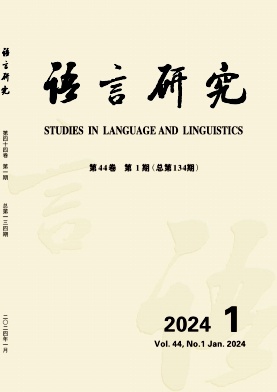
语言研究(不收版面费审稿费)
C刊,北核,科核,AMI扩,武B+
CN中文-季刊影响因子0.576
-
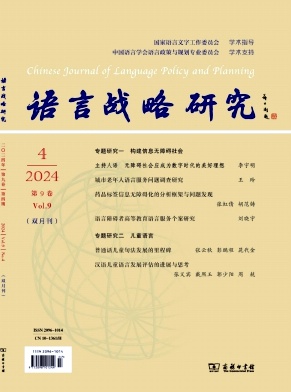
语言战略研究(不收版面费审稿费)
C刊,北核,武A,AMI扩
CN中文-双月刊影响因子2.785
常见问题
-
网络语用学杂志社官网、联系方式是什么?
网络语用学杂志社官网:https://benjamins.com/catalog/ip
投稿邮箱:internetpragmatics@foxmail.com(官网邮箱) -
网络语用学杂志是核心期刊么?
网络语用学不是核心期刊,级别是:, 是:语言文字分类下的
-
请问你们是网络语用学杂志社吗?
我们不是《网络语用学》杂志社。本站主要从事期刊信息展示与期刊推荐,不是任何杂志官网,直投稿件请联系杂志社。本站仅提供免费的学术指导、论文辅导、期刊投稿信息整理收集服务。
-
你们指导服务后可以保证文章被发表吗?
期刊发表的成功与否,主要取决于文章内容的质量。编辑老师会根据研究领域、创新性等多因素进行考量。我们会帮助您理解期刊的发表要求,助力提升发表几率,从而增加发表的机会。
-
晋级论文能否在报纸上发表?
在学术界,论文的发表往往被视为研究者职业发展的重要一环。晋级论文,即为了获得更高职称或学术地位而撰写的学术论文,通常需在专业期刊上发表。然而,许多人可能会问
